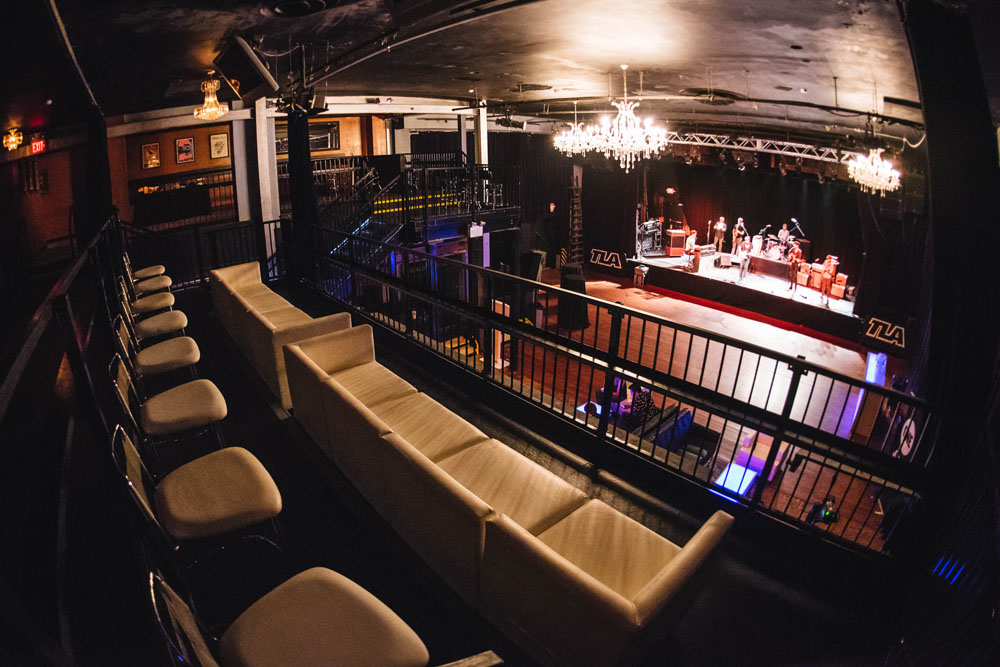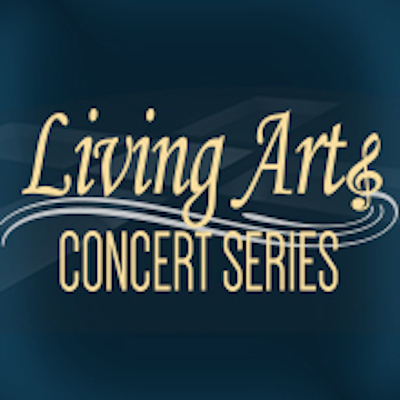

His fellow conservative politicians disapproved of government agency support for artists whose works the politicians considered to be morally offensive. While Americans spent lavishly on art during the 1980s, the American government under President Ronald Reagan tried to cut federal funding of the arts.

Other benefits helped raise public awareness of the discriminatory practices of the South African government and of the AIDS epidemic, which received little serious attention by the U.S. His work inspired the USA for Africa collaboration that produced the 1985 all-star pop anthem "We Are the World." The Farm Aid concert held that same year sought to raise money to pay off the debts of American farmers. English musician Bob Geldof organized the Band Aid project in 1984 and the twin Live Aid concerts in London and Philadelphia in 1985 to aid victims of famine in Africa. Others used their work to make political statements. Some artists and entertainers became involved in social causes. The 1980s was not a decade of greed, style, and self-promotion for everyone. Pop culture became a melting pot of fashion, image, hipness, trendiness, and attitude. Thanks to exposure in videos and movies, break dancing, rap music, and other forms of hip-hop culture soon spread from urban ghettos to suburbia. A new generation of video pop stars arose, catapulted to stardom from a merging of film and music. Continuing the decade-long madness for image, musicians and groups were soon measured by their looks as well as by their sound. In the early 1980s, MTV hit the airwaves with a constant, twenty-four-hour-per-day stream of music videos. As the public demanded more, the media gave them more. The most successful artists and performers of the decade learned to use the media to package and market their public images and to create a demand for their projects and products. As she marketed her movies, videos, recordings, and ever-changing image, she became a one-woman business, making millions of dollars in the process. Perhaps the most skilled at the sale of image was Madonna. They became advertisements for themselves.

Other artists were so skillful at marketing their work that the work itself became secondary. Pop artist Keith Haring, who drew inspiration from graffiti on city buildings and subways, created a line of products bearing his most popular graphic images. Often, they marketed their work in such a way as to create and extend that demand. The financial bottom line became the ultimate purpose of an art form.Īrtists quickly picked up on the increased public demand for their work. More than ever, they came to look upon art as a business. Prices in the art market reached new heights as the wealthy discovered that acquiring fine art was a way to demonstrate their financial success. Aided by the healthiest national economy since the 1960s, Americans began to spend more money on arts and entertainment. With more disposable income than in the 1970s and weary of the pessimism of that decade, they wanted to enjoy themselves again.

The new scale and influence of art suited Americans in the 1980s. Painting, theatrical musicals, and pop recordings all became bigger in scope and ambition, bigger in theme, bigger in budget, and bigger in promotion. The 1980s was a decade preoccupied with success and image, and much of American art during that decade was shaped by this preoccupation. The 1980s Arts and Entertainment: Overview


 0 kommentar(er)
0 kommentar(er)
